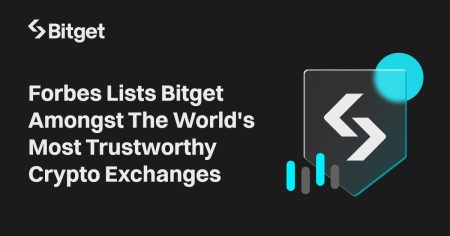Solana co-founder Anatoly Yakovenko announced on April 5 that the bug causing reduced functionality in the Solana blockchain ecosystem had been identified and patched. This bug led to transaction failures and a slowdown in block finalization. Although the glitch is fixed, implementing other key updates may prove challenging. Yakovenko emphasized the complexity of dealing with bugs compared to keeping a network active, as it involves going through the full release and test pipeline.
Since the beginning of March, the Solana network has faced ongoing transaction issues, with an estimated 77.4% failure rate. Users, developers, and services deployed on Solana have been affected by this network glitch. Dune Analytics data revealed that over 70% of non-voting transactions had failed since the start of April, a significant increase from the 54% failure rate in March. To address these issues, the Solana Foundation has recommended measures such as optimizing Computing Unit (CU) usage and scheduling a major update (v1.18) for April to improve network performance and reliability.
Solana experienced a resurgence following FTX’s collapse in 2022, with its native token SOL dropping below $10. The asset surpassed $200 on March 18, 2024, and is expected to reach its all-time high of $260 by the end of the year. Solana’s growth is attributed to its identity as a smart contracts platform offering fast and cost-effective crypto transactions, positioning it as an alternative to the congested Ethereum ecosystem and high gas fees. However, the network’s heavy congestion due to projects like Bonk and dogwifhat has impacted transaction processing and overall platform performance.
Blockchain expert Dagnum-PI pointed out that Solana currently faces congestion with an average ping time of 20-40 seconds and high ping loss percentages, leading to failed transactions and delays in node communication. Spam from memecoins and Miner Extractable Value (MEV) activities have overwhelmed Solana’s capacity and contributed to blockchain network outages. The network’s history of outages has raised concerns among users due to the impact of congestion, which could further complicate blockchain issues. Data from CryptoManiaks showed that Solana has experienced nine blockchain network outages since 2021, totaling over 150 hours of downtime.
In response to the widespread network congestion and transaction failures, Solana users have demanded better performance. The rising value of Solana has heightened scrutiny on the network’s ability to handle increased traffic, given its current 76.8% transaction failure rate. The continued focus on improving user experience and network stability remains crucial for Solana to maintain its competitive position as a smart contracts platform. The Solana team’s efforts to address the network glitches and implement key updates are essential for restoring user trust and ensuring the platform’s long-term sustainability in the evolving blockchain landscape.













